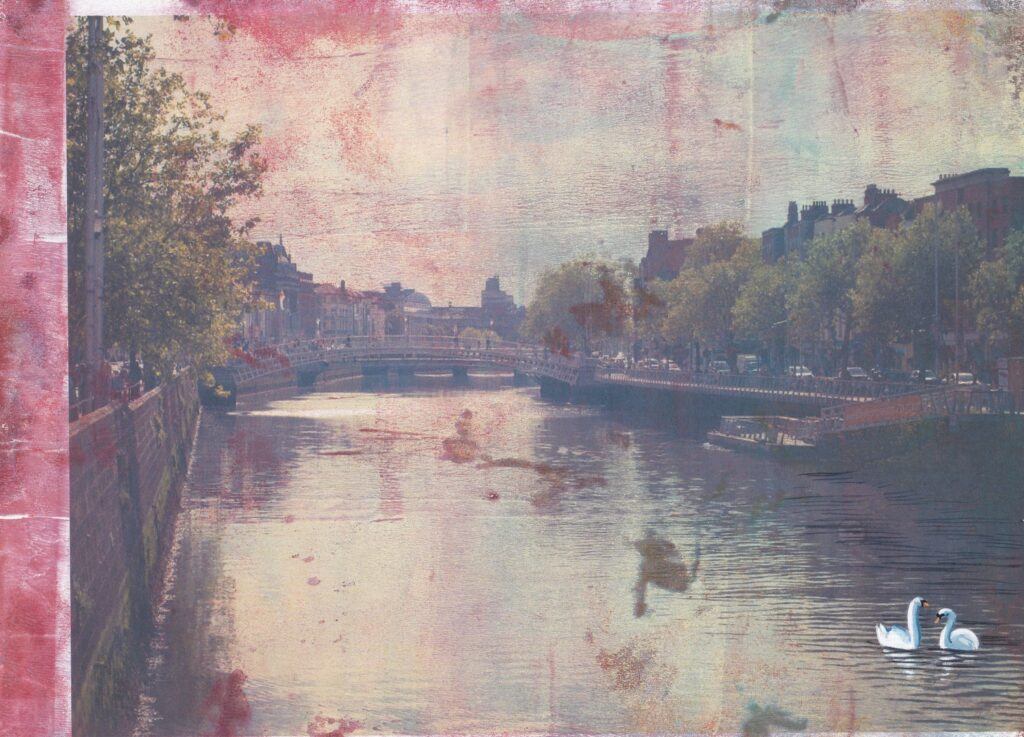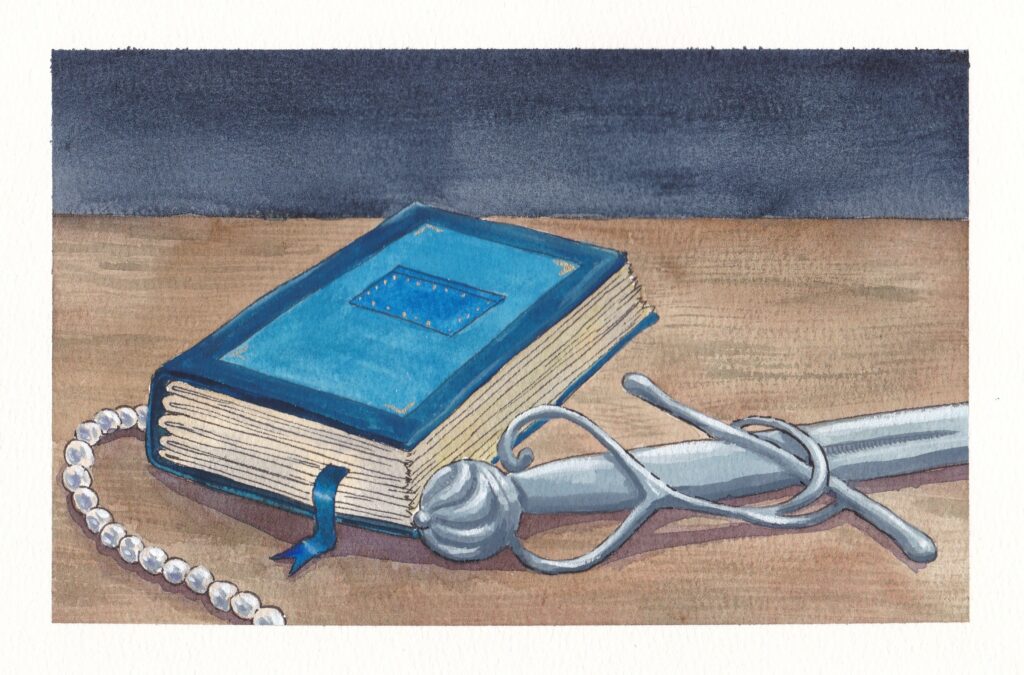The Chicago Club was the powerhouse of the National League in the 1880s. There are various reasons for this, including (reluctant though I am to admit this) competent leadership. William Hulbert and Albert Spalding were dicks, but they were competent dicks. Another advantage was a fantastic location for their ballpark.
Ballpark real estate was a non-trivial problem. They wanted it to be as close as possible to the downtown business district, but land there tended to be too expensive, if it was even available. Cities on rivers often had sites that were convenient, but subject to flooding. The 1882 Allegheny Club of Pittsburgh played on the same site the Steelers use today, but without the benefit of modern engineering. The result was stuff like this:
[Louisville vs. Allegheny 5/29/1882] The pond on the grounds was swollen by the high river until it was within a few feet of first base, and an arm stretched out across right field. As a consequence of this it was necessary to keep three balls handy, a dry one ready for use when the one in play was knocked into the water, which was a frequent occurrence. Pittsburgh Commercial Gazette May 30, 1882
The next best possibility was to locate on the outskirts of town, but with good public transit access. The original Polo Grounds were just north of Central Park on the east side. This was too far to walk from the business district, but there were multiple rail lines running uptown. Baseball also had enough pull sometimes to influence railroad companies, such as this account of trains running from center city Philadelphia to Oakdale Park, where the Athletics played:
The Reading Railroad Company will build a station at the entrance to the ground, and will run special trains on the days of match games. Cincinnati Commercial February 18, 1882
But not always:
Several days ago the managers of the Baltimore club visited the officials of the York road line of cars and inquired whether any provision was to be made for the increase of travel over that road during the base ball season. One of the officials said it had not been determined yet what to do. Last year, he said, the horses were almost worked to death owing to the heavy travel, and if extra cars were put on more horses would have to be purchased. On last Saturday after the game of ball there was but one car to accommodate over four thousand people. Yesterday afternoon it was the same way. Several thousand persons walked in the York road, and complained bitterly of the poor railway accommodations. Baltimore American April 8, 1884
The idea was to make it as easy as possible for prospective paying customers to make a snap decision to attend. The further away the grounds, the harder this was; and a direct streetcar line was one thing, multiple lines requiring transfers was another. This had a very real effect on the club’s bottom line.
Which brings us to the Chicago Club. Their park was here. Truthfully, it had problems. It wasn’t really large enough for the task at hand. The right field fence was only 200 feet from home. Balls over it were ground rule doubles. The other dimensions were pretty small, too. Home run numbers from there carry an unofficial, but widely understood, asterisk. But all in all, the location was great:
…the entrance to the Chicago Ball Park is but two squares distant from the retail center of the city, and from the upper windows of a large wholesale district an excellent view can be had of a ball game in progress. The saving of time and car-fare in reaching the grounds has been the means of putting many thousands of dollars into the Chicago Club’s treasury, and the loss of these grounds would prove a serious loss to the club.” The Sporting Life January 23, 1884
Which brings me to the politics:
That portion of the lake front property occupied for base ball purposes is wanted for a depot site by the Illinois Central Railroad Company, which for the past twelve years has maintained a standing offer of $800,000 in cash for the ground. The title is in the city of Chicago, but with this important restriction, that the old act of Congress dedicating the land to the city contained a condition that it should perpetually be used for public park purposes. Under this stipulation the city could not sell the land, and so the transfer to the railroad company has hung fire for a dozen years, and the matter has been tied up by an injunction against such a transfer, issued long ago by Judge Drummond in the United States Circuit Court. But while the city could not sell, it could lease the land for temporary occupation from year to year, and in this way the ball club has kept possession of the north end of the tract for six years past, while further south stand the Exposition Building and the armories of Battery D, and the First Regiment of Cavalry, I.N.G., all of them substantial and expensive structures, erected upon permits issued by the city, and safe in their occupancy so long as the city was unable to give a good title to the land. But the situation is now changed. The Illinois Central Railroad is before the City Council with an offer to pay $800,000 for a certain portion of the land (including the ball park site), and take a quit claim deed from the city, the railroad company trusting to its own efforts to get through Congress a bill which shall release the original dedication for park purposes, and there make the title perfect in the Illinois Central Railroad Company. Mayor Harrison favors the immediate acceptance of the offer of $800,000, the newspapers favor it and public sentiment is not averse to it; so that all that is required to carry out the deal is for the railroad company to put up a few thousand dollars to make it pleasant for the Alderman. If this is done the city will give possession, and the ball club must move unless some new form of legal obstruction is invented to avert the catastrophe for the season. The two military organizations, whose large brick armories would have to be pulled down, will work hard for a year’s delay, but it will be but for a year at most, for the city needs the money and the taxes it can collect after the land passes into other hands.” The Sporting Life January 23, 1884
The wheels grind fine, but they grind slow. In the event, it was another year before everyone was kicked out. In the meantime, though, this serves as a neat illustration of what has changed and what hasn’t. There is the casual assumption that of course bribery will be involved. That falls into the “hasn’t” category. So too that the local government will do what it can to circumvent a restriction imposed for the public good. But who has the most pull certainly has. The baseball club had some pull, but the railroad was the big dog.
The Chicago Club ended up here: Not terrible, but at a mile and a half to two miles away from the business district, they lost a lot of the impulse traffic.







My theory of competent dicks goes like this: Incompetent dicks do not keep their jobs. A few of them seem to hang around in the public eye, but that might be because they are actually competent at something, in secret.
With the competent dick, the thought process is, “He’s (historically dicks are male, but we’re growing more equal) an asshole, but at least he’s our asshole.”
Whereas competent non-dicks do not get any attention, because we are too focused on 1) dicks, and 2) incompetence.
To my mind, there’s no changing this. It’s who we are.Report